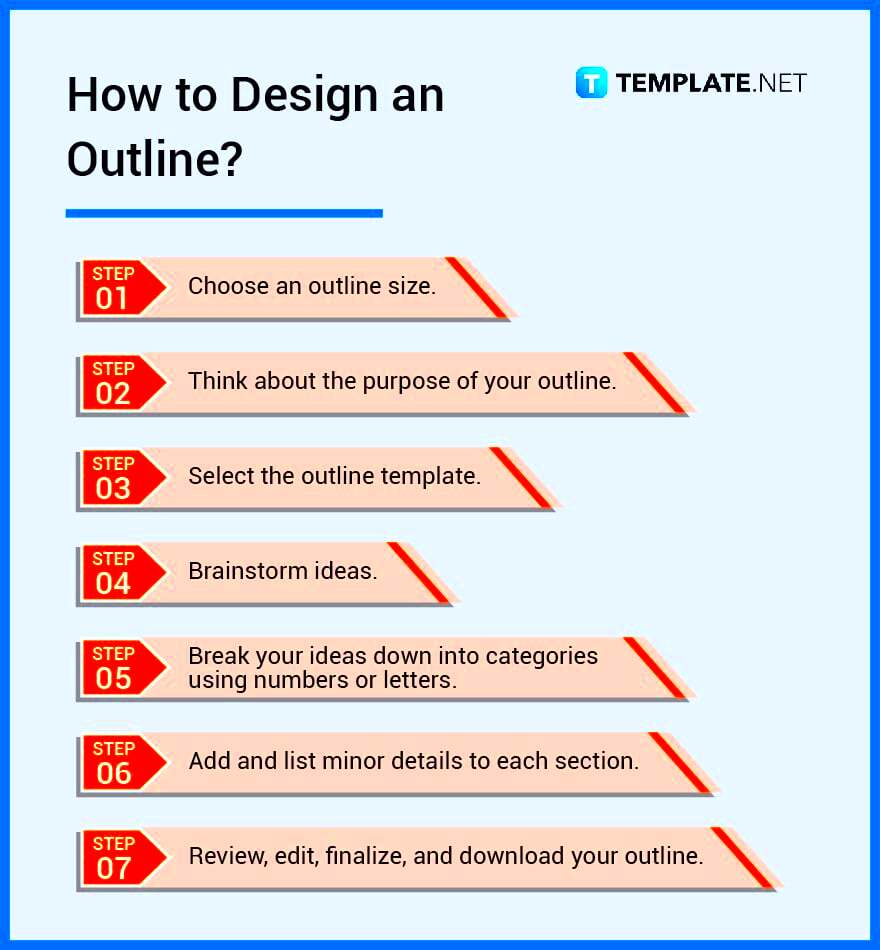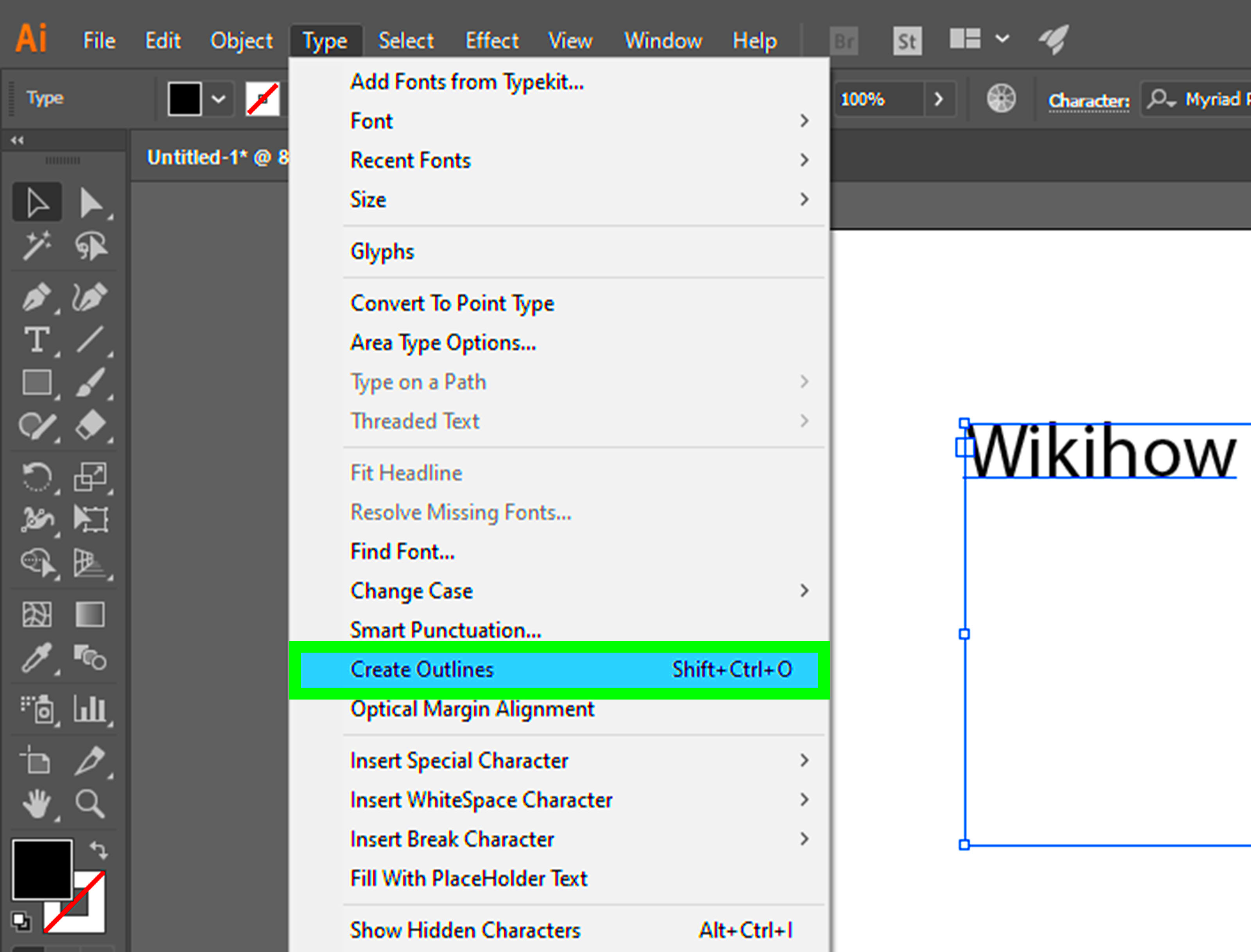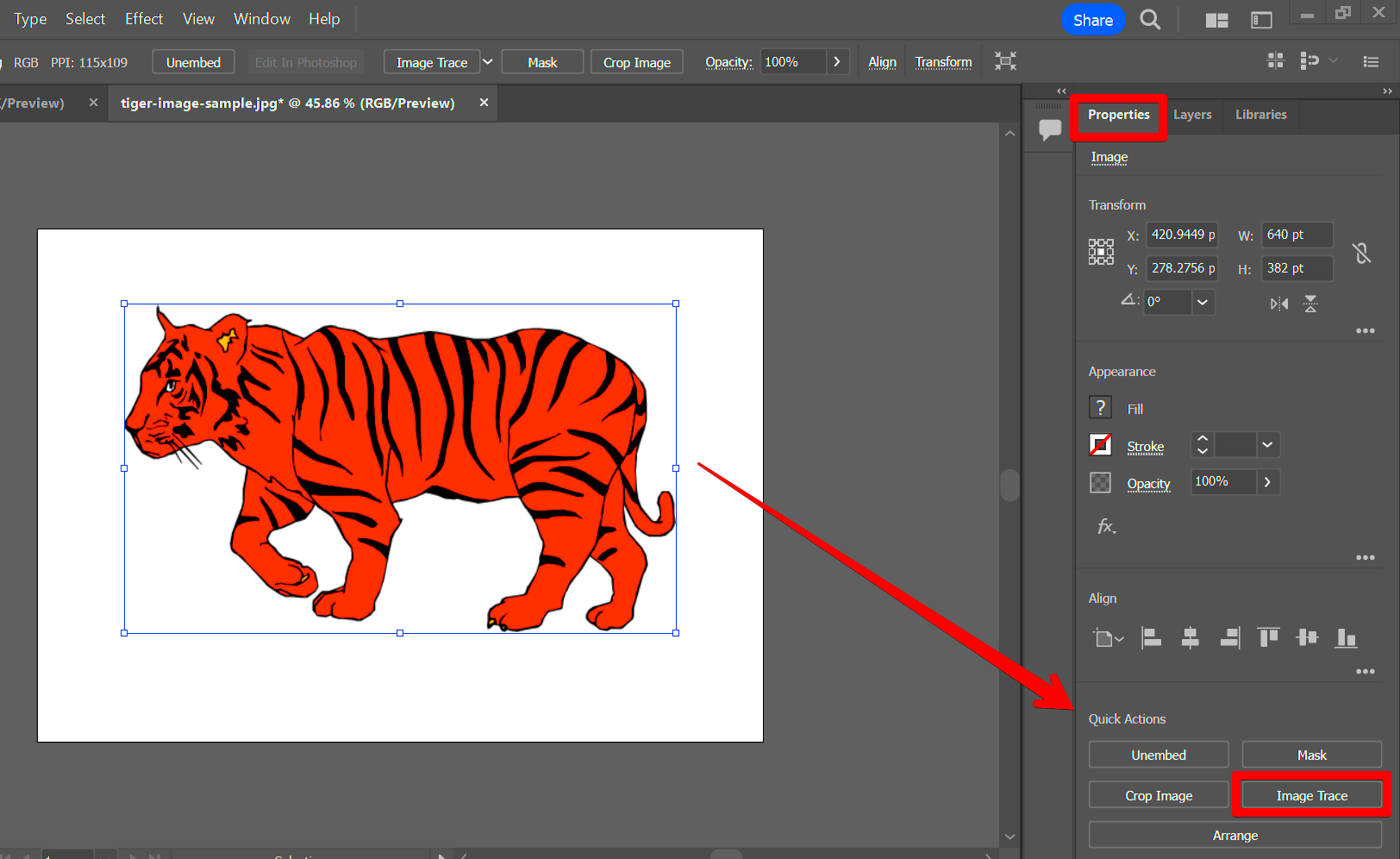To create a good image, it is significant for to have an outline; otherwise, the outcome will be negative. This is simply because outline for pictures works as interrogation paper which an artist can follow and also remains pointing out what he need to do; it also formalizes thoughts and helps one remember everything needed in that particular design.
Here are several justifications for why an image outline is critical:
- Clarity: It helps clarify your vision and intentions for the image.
- Efficiency: With a structured plan, you can save time by knowing exactly what you need to create.
- Consistency: It ensures that all elements of the image are consistent with your overall theme or message.
- Improved Communication: An outline makes it easier to share your ideas with others, whether you're collaborating with a team or seeking feedback.
Steps for Creating an Effective Image Outline

When it comes to creating an outline for your picture there are various steps you should follow effectively. Accordingly these will help you in making an all-inclusive plan as a guide to your artistic journey.
- Define Your Purpose: Start by identifying the main goal of your image. What message do you want to convey?
- Gather Inspiration: Look for examples that inspire you. This could include images, colors, and styles that resonate with your theme.
- Sketch Initial Ideas: Jot down rough sketches or concepts. Don’t worry about perfection—just get your ideas on paper.
- Organize Elements: List all the key components you want to include, such as text, graphics, and colors.
- Prioritize Your Ideas: Determine which elements are most important and should be emphasized in your image.
Also Read This: how to resize image on google docs ipad
Identifying Your Target Audience for the Image

The essence of creating an image is knowing the people you want to attract. Every design aspect, from hue to what it says affects it. Here are some tips on how to effectively know your audience:
- Research Demographics: Understand the age, gender, location, and interests of your potential audience. Use tools like surveys or analytics to gather data.
- Analyze Audience Needs: What problems does your audience face? Your image should address these needs or interests.
- Study Competitors: Look at how similar businesses or creators appeal to their audiences. What works for them?
- Create Audience Personas: Develop fictional characters that represent different segments of your audience. This helps visualize who you are designing for.
Target audience is important as they are the ones who you create images for.
Also Read This: How to Upload an iMovie Video to YouTube
Choosing the Right Tools for Image Creation

The tools you choose for image creation today can make or break your work in the digital world. Whether you are an amateur designer who just started his career or an experienced professional, having the right software and hardware will improve your creativity and efficiency. Things to consider when selecting your tools are:
In the beginning, ponder over what sort of examples you would like to produce. Am I generating social media graphics, blog illustrations, or marketing materials of some sort? The choice of tools may vary based on requirements.
The tools that are known for their popularity are given below, which can be used to create images:
- Graphic Design Software:
- Adobe Photoshop: Great for photo editing and complex designs.
- Canva: User-friendly with plenty of templates for quick designs.
- GIMP: A free alternative to Photoshop with powerful features.
- Vector Graphics Software:
- Adobe Illustrator: Ideal for creating logos and scalable designs.
- Inkscape: A free tool for vector graphics with a range of features.
- Hardware:
- Graphics Tablet: Useful for digital drawing and precision work.
- High-Resolution Monitor: Essential for accurate color representation.
When it comes to picking the right utilities, it means discovering that which suits you best. Do not hold back from experimenting until you get your ideal partner!
Also Read This: Step-by-Step Process for Downloading Fonts from Behance
Structuring the Outline for Your Image
When you’ve collected your creative ideas and established what you want to achieve, it is time to arrange them in form of an outline for your picture. An outline that is properly structured guarantees that you have included every component needed and that there are no inconsistencies in the output. Here, we present some methods of effectively structuring it.
Here is a basic structure that you can utilize:
- Title: Start with a clear title that reflects your image’s content.
- Introduction: Write a brief overview of what your image will convey and its purpose.
- Main Elements: List the key components that will be included, such as:
- Text content (headlines, captions)
- Visual elements (photos, illustrations)
- Branding elements (logos, color schemes)
By adhering to this framework, you will produce an exhaustive roadmap that ensures your design remains focused and in line with what you want to achieve over time.
Also Read This: Why 123RF Is the Ultimate Platform for Creative Inspiration
Including Key Elements in Your Image Outline
Elements which attract attention and communicate the correct messages are integral for every great image. To make sure your design is effective, it is important to recognise and include these prime components while sketching out your picture. Let's have a look at what these components entail.
Below are some of the important components that you need to consider while developing your image outline:
- Color Scheme: Choose a color palette that matches the mood and message of your image. For instance, warm colors can evoke feelings of energy, while cool colors can create a sense of calm.
- Typography: Decide on font styles and sizes that enhance readability and align with your brand identity. You may want to include:
- Headlines
- Subheadings
- Body text
- Images and Graphics: Determine which images, icons, or illustrations will be included. Make sure they are high quality and relevant to your message.
- Branding: Incorporate branding elements such as logos or taglines. Consistent branding helps reinforce recognition and trust with your audience.
- Call to Action: If applicable, think about how you will encourage your audience to engage with your image. This could be through buttons or text prompting them to take action.
Taking into account those focus points you can generate a complete portrait that speaks to people and delivers your message well.
Also Read This: How to Convert HTML to Image Using Java
Reviewing and Revising Your Image Outline
After having an outline of your image, the next thing to do is go through it and edit it. This guarantees that your thoughts are structured properly and that your plan gets across the proper message. It is more like a physical examination for an outline before jumping into creating. Let’s look at ways to review and revise outlines effectively.
Here are several pieces of advice that may be useful:
- Take a Break: Step away from your outline for a little while. A fresh perspective can help you spot areas that need improvement.
- Read it Aloud: Hearing your outline can highlight awkward phrases or confusing parts that might not be apparent when reading silently.
- Seek Feedback: Share your outline with trusted friends or colleagues. They can provide insights and suggestions you might not have considered.
- Check for Clarity: Ensure each section clearly conveys its purpose. Ask yourself, “Does this align with my overall goal?”
- Revise as Needed: Don’t hesitate to make changes. Add, remove, or rearrange elements to improve the flow and coherence.
In conclusion, a well-polished outline can help you have a successful creative process which will enhance your work. Always remember that taking time to refine your output will eventually take you to the next level following the proper path.
Also Read This: Crafting Compelling Project Descriptions on Behance to Attract Clients
Frequently Asked Questions about Image Outlines
You may have several questions as you begin drafting your image outline. Indeed, let’s go over some of those commonly asked questions which could help simplify the procedures and assuage any qualms you might be harboring within.
- What is an image outline? An image outline is a structured plan that outlines the key components, themes, and elements you want to include in your image.
- Why is an image outline important? It helps organize your ideas, keeps you focused, and ensures you convey your message effectively.
- How detailed should my outline be? The level of detail depends on your needs. A basic outline works for simple images, while more complex designs may require a detailed approach.
- Can I change my outline after starting my image? Absolutely! Flexibility is key. Feel free to adapt your outline as your ideas evolve during the creation process.
- What tools can I use to create an image outline? You can use traditional pen and paper, digital note-taking apps, or design software that allows for flexible layout options.
Conclusion on Crafting Your Image Outline
Making a draft for an image is crucial during creative stages. It acts as a framework for your work that brings order to everything and thus improves the quality of the finished article . By attending to this course, you have grasped the significance of having neat outlines in place; how to set them properly and which key features should be incorporated in them respectively.
An adjustment and review of your outline before writing will make you successful in writing. The Original outline is a dynamic paper, therefore modify whenever necessary as long as the ideas change. Enjoy how creative writing flows and participate in it fully while you are working on it. So get down to the basics and start making outlines; let it flow through you!

 admin
admin








